Guest Lecture from Dan and Nana Parry

This week’s lecture was from Dan and Nana Parry of Tectonic, I found it very interesting that the company name has changed since the lecture, and it actually took me quite a while to find out what they are currently doing. When I did find their site, I was immediately struck by their story.
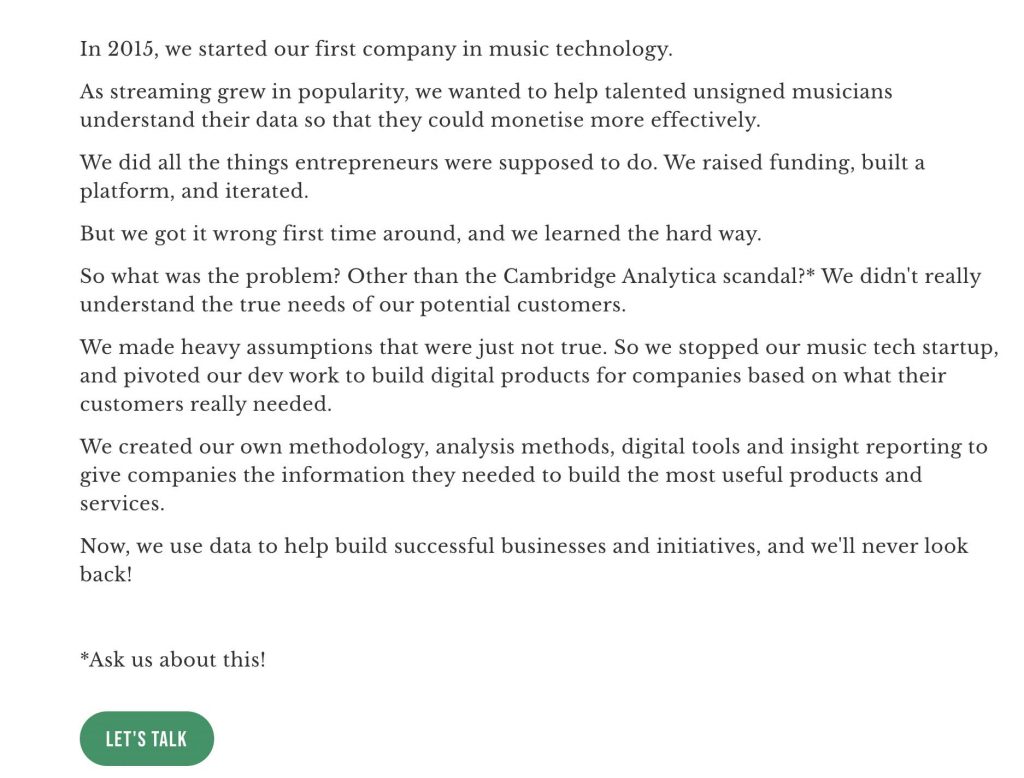
And after a bit more digging I found a blog post about their rebrand and name change. They have completely pivoted their entire organisation and are now on their third focus. They’ve gone from music technology to app developers to customer insight consultants. This is really interesting to me, they are willing to take risks and respond to the results even if it means starting over or completely changing the business idea. From the lecture they spoke about the minimum viable product approach to developing, the idea that you only do the bare minimum in development before launching a product. In order to do this you must find balance, identify the smallest action that will bring the most value to your end user and then see how it is responded to and it is actually interacted with it once launched. This leads to agile development and the ability to respond to customer’s needs rather than overdevelop features that don’t work in practice or are unnecessary. The Parry brother’s take their own advice seriously! The downside to this approach is not appearing stable to your audience, but I don’t feel that flexibility necessarily needs to come at the expense of stability. If you are transparent and sincere about your experiences and have a clear explanation for your development process I think that people respond to that sincerity.
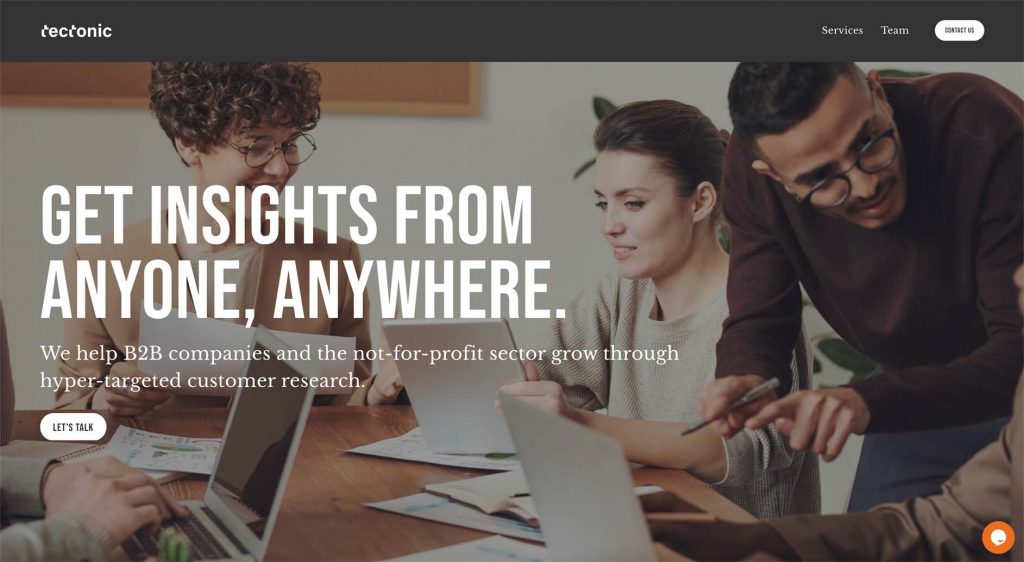
My other main takeaway from the lecture was the approach. You can either approach a project by starting with the problem, or starting with the audience. Either way is perfectly valid, but leads to very different working practices. There is also the issue of the “perceived problem” where the actual problem is completely different to what you thought you needed, this highlights the need to research, and discover real user experience data before rushing in without that crucial understanding.
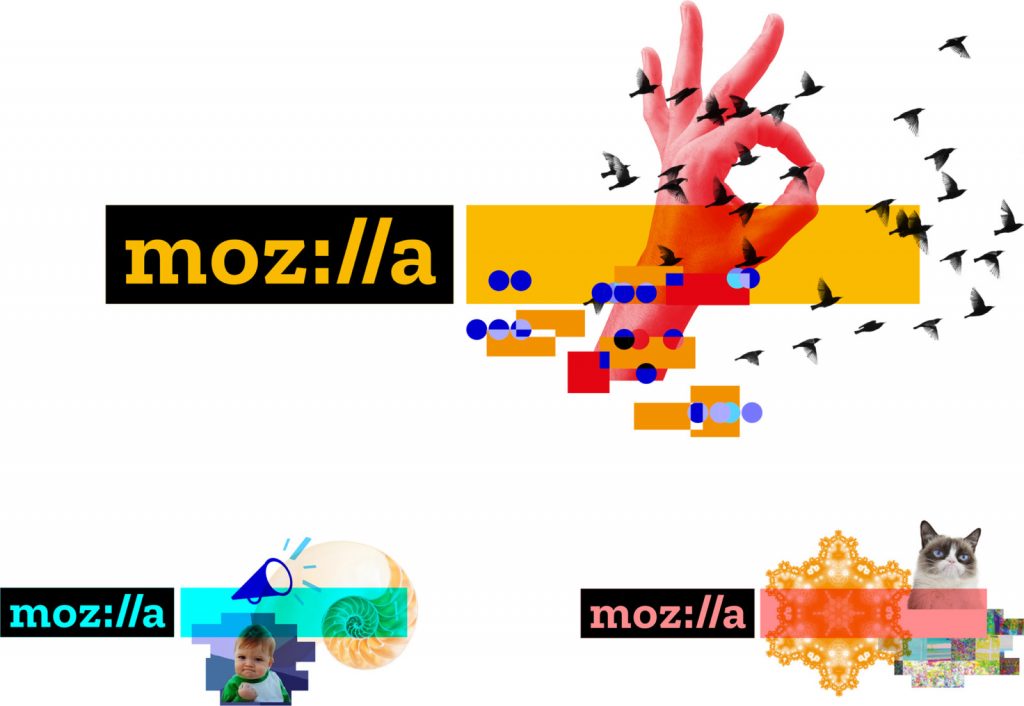
I thought Mozilla’s approach to crowdsourcing a logo design was really true to their ethos as an organisation. The collaborative approach led to some really fantastic user feedback and almost a soft prelaunch effect, and the result is incredibly flexible and very representative of internet culture.
Workshop Challenge
Develop a digital tool or process to aid the collaboration for future working from your findings in the previous three weeks.
In looking at my proposals for projects this week I started to focus on which to develop further. My first proposal is important to me, but in my research I had found several services that offer a similar idea. My play based proposal is something I feel would be most effective in a workshop setting, and I struggled to determine specific exercises that would aid collaboration vs more general team building or creative inspiration. I had a tutorial with Harriet and talked this over, and we agreed that the best avenue to pursue was my third idea – a communication tool for families, and that it did fit the brief, which I had been concerned about.
According to J. Ibeh Agbanyim, there are five principles of effective collaboration in any relationship:
- Trust. This can be sub grouped into goodwill trust, contractual trust and competent trust. Trust also starts with trusting yourself.
- Respect. It has a boomerang effect, what you put in you will get back out.
- Effective communication. This is key to all relationships of all types.
- Willingness. This is about being authentic and enthusiastic, you can not collaborate with an unwillingly partner.
- Empowerment. Empowered people have a sense of belonging and feel ownership over their tasks, which leads to increased productivity and involvement.
(Agbanyim 2015)
These principles apply to every type of relationship, and when used effectively leads to healthy and productive outcomes. In Adele Faber and Elaine Mazlish’s book, How to Talk So Teens Will Listen and Listen So Teens Will Talk, they point out how important it is to acknowledge and validate a young person’s feelings, as well as giving pointers on how to actively listen rather than talk over or push to fix or punish a situation straight away. Communication is vital to a healthy relationship and adolescence is a tricky time to navigate. In addition, having a collaborative mindset rather an authoritarian mindset when it comes to parenthood will lead to a healthy and resilient relationship that is able to withstand problems and gracefully mature into an adult relationship.
Audience
Families and caregivers of children and young adults
Problem
Avenues of communication can be easily blocked, through shyness, mood swings, confusion, low mood or depression. Children and young people are often unable to adequately understand and process their emotions, they lack the emotional intelligence or vocabulary to express themselves.
Solution
My initial idea is for a mood/check in board for teenagers. The board would include space to track their mood, leave messages, indicate if they have an issue they want to talk about and have a space for private messages they want to communicate but not have on show. This could possibly be developed further with a corresponding app to track mood or suggest more options to help them develop emotional awareness and mental health hygiene. This would be an at a glance way to keep tabs on the emotional world of your young person, as well as teaching teenagers important skills such as self reflection and developing emotional intelligence.
Why this works?
By giving them a white board with emotion magnets and space to write, it is a low stress way to signal to carers how they are feeling and if they need to talk about something. A good day could be a smiley face and joke, a bad day just a scribble of anger or frustration. This could also handle a complex day where a child is having a tough time, but indicates they are open to talking, or conversely, that they need some space. Young people can struggle to communicate effectively, often wanting to talk to their parents or caregivers but being shy or avoidant of bringing things up. This can result in bottling feelings only for them to finally explode. Other times they have things they need to communicate, but do not want to talk about as it is embarrassing or they are confused by how they are feeling. Communication is a skill that needs to be learned, and this board will help facilitate healthy conversation and develop key emotional skills.
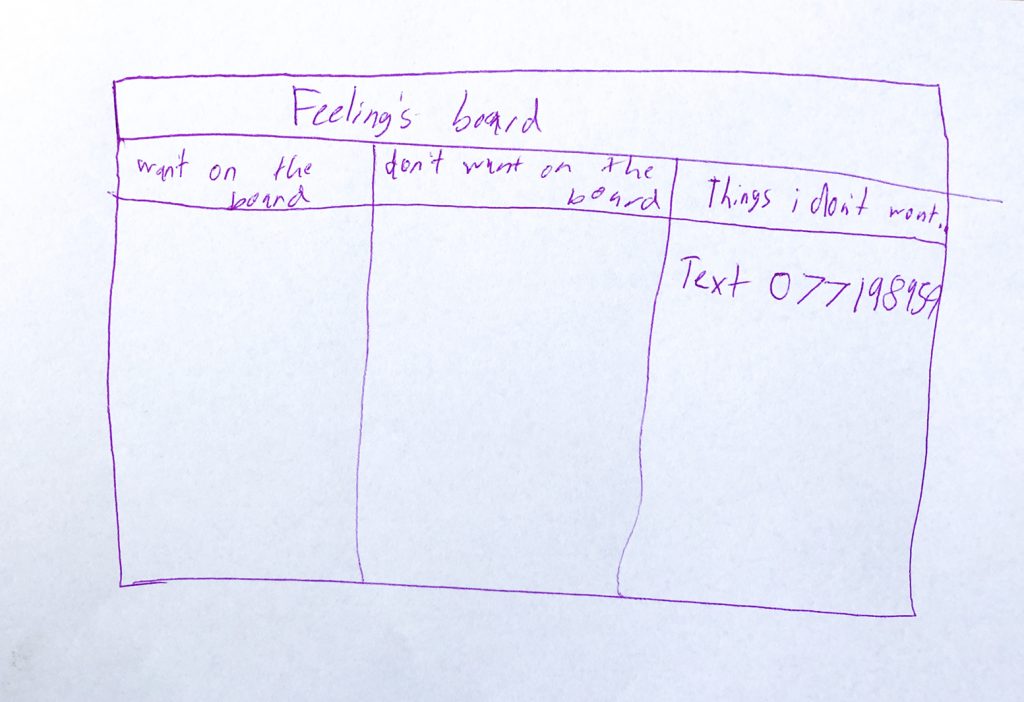
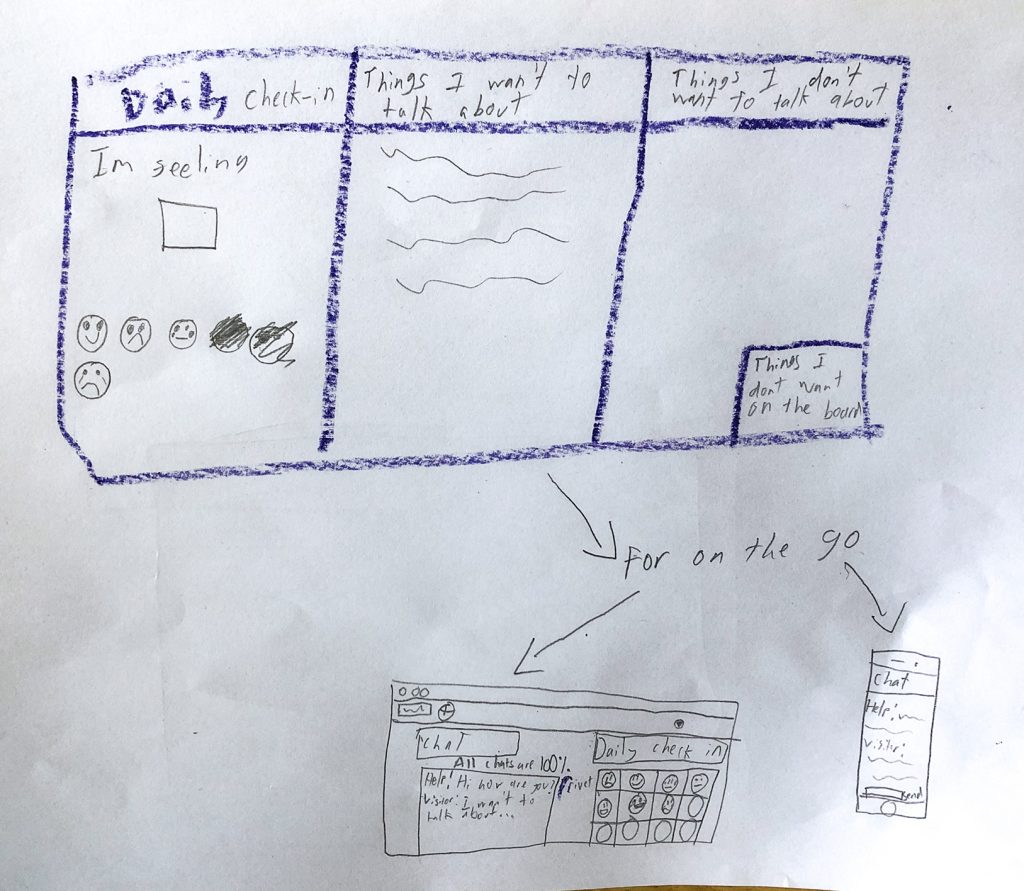
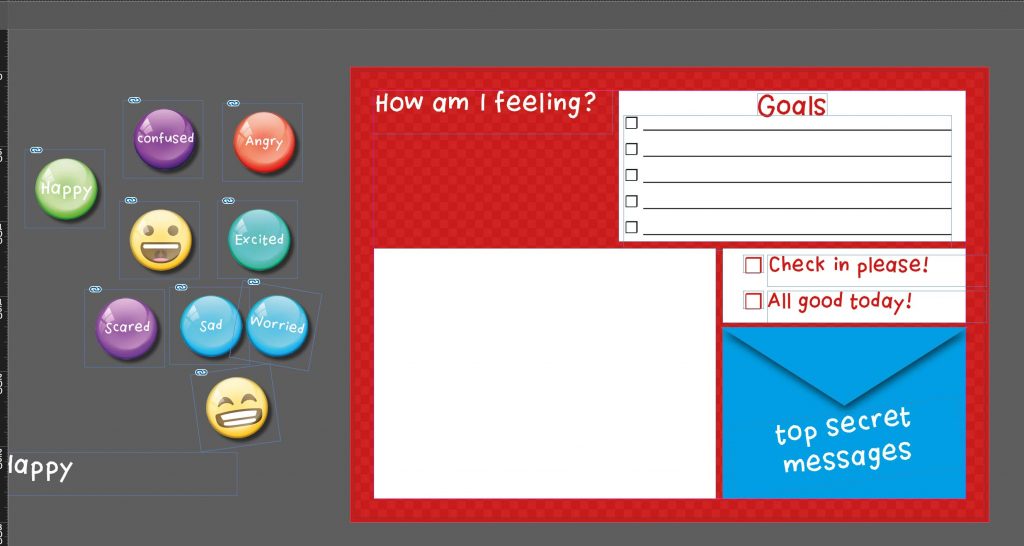
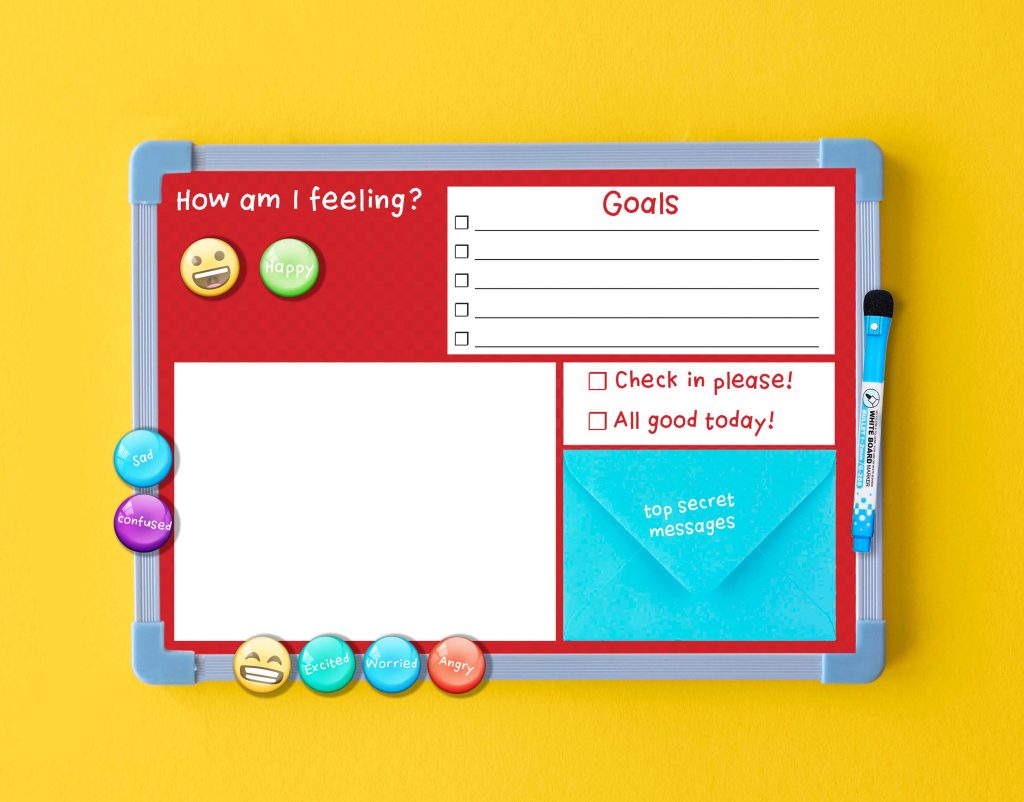
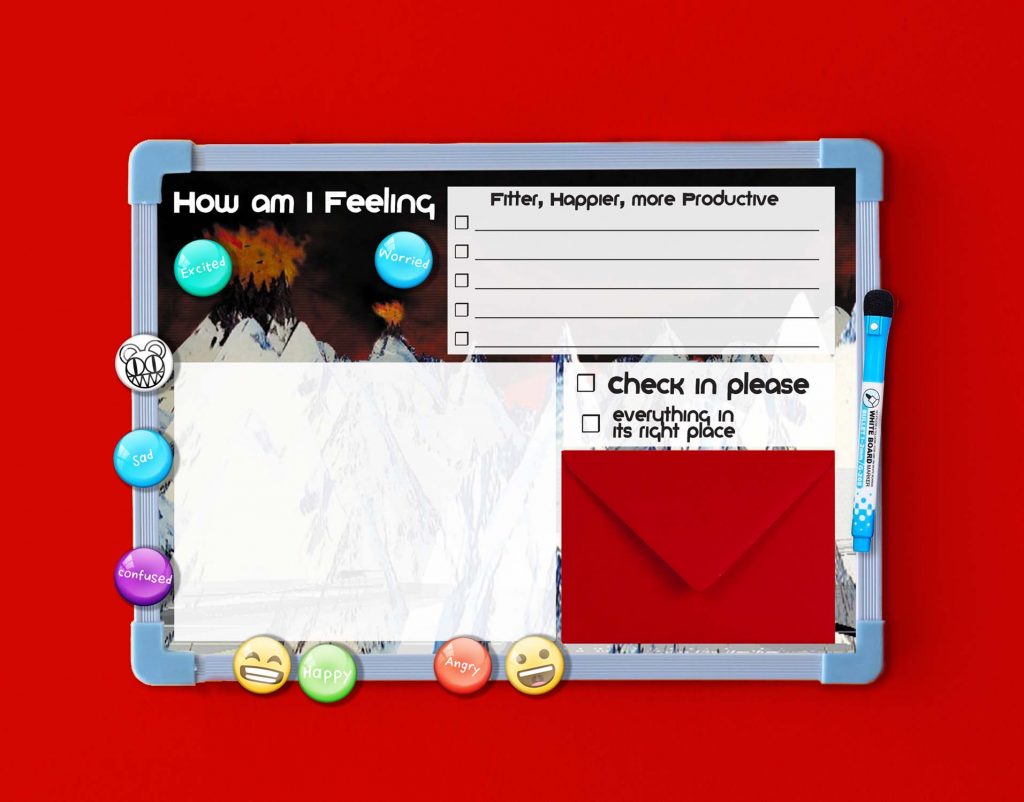
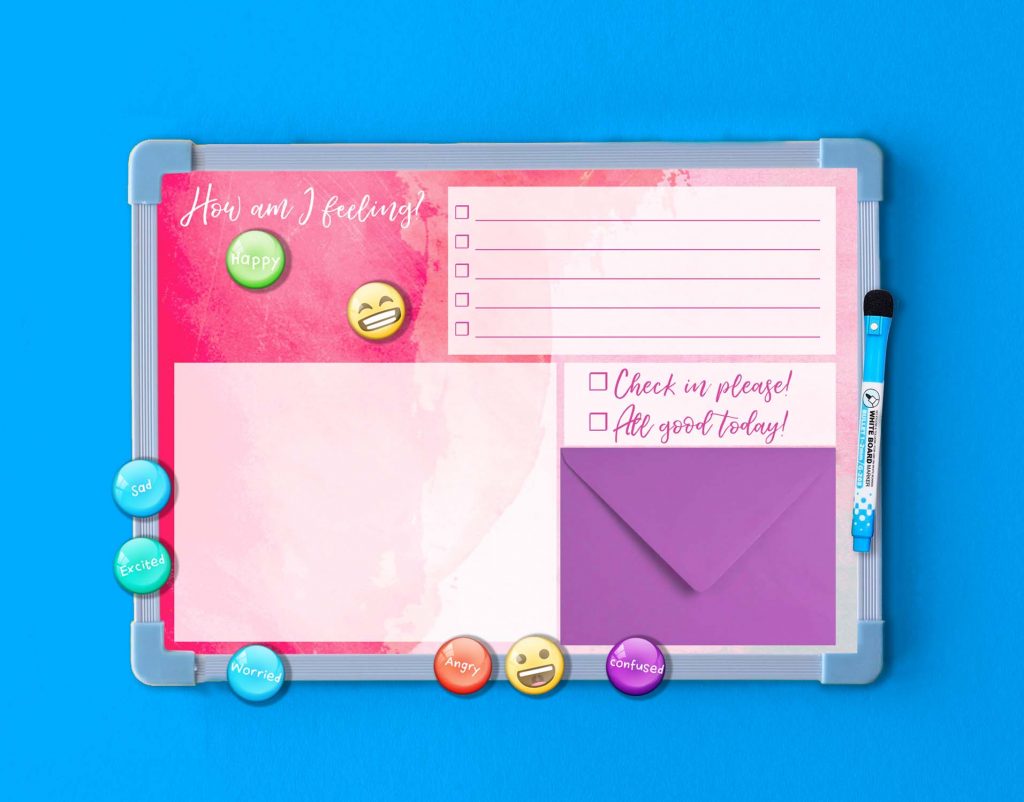
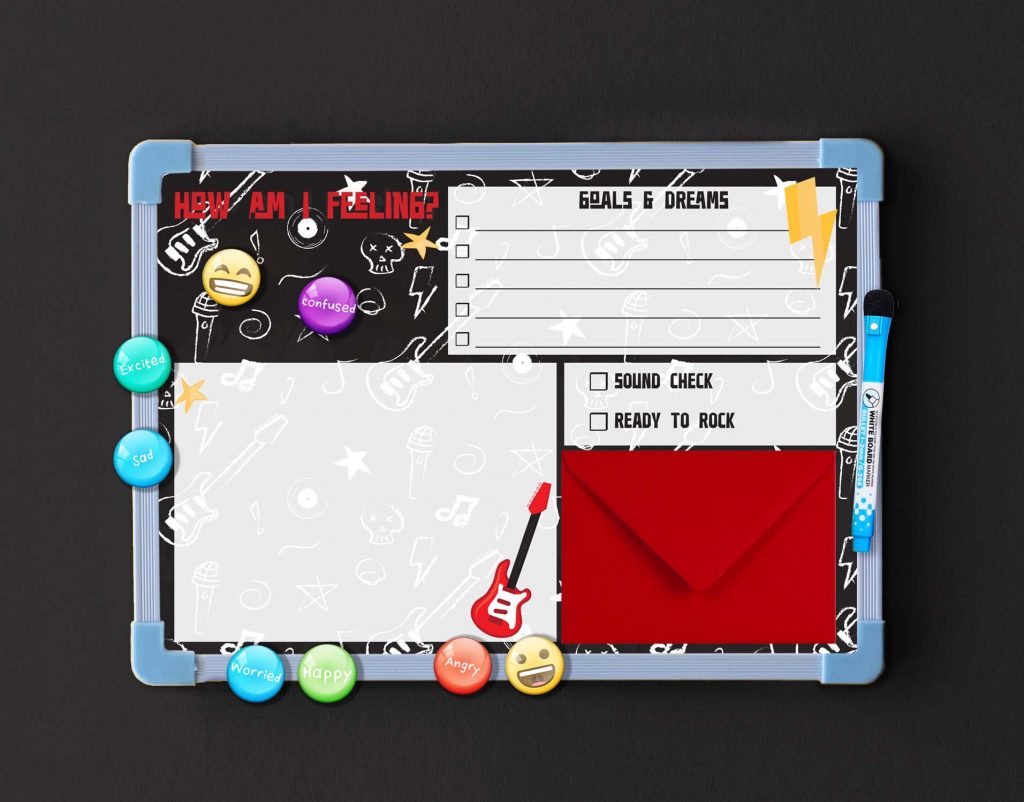
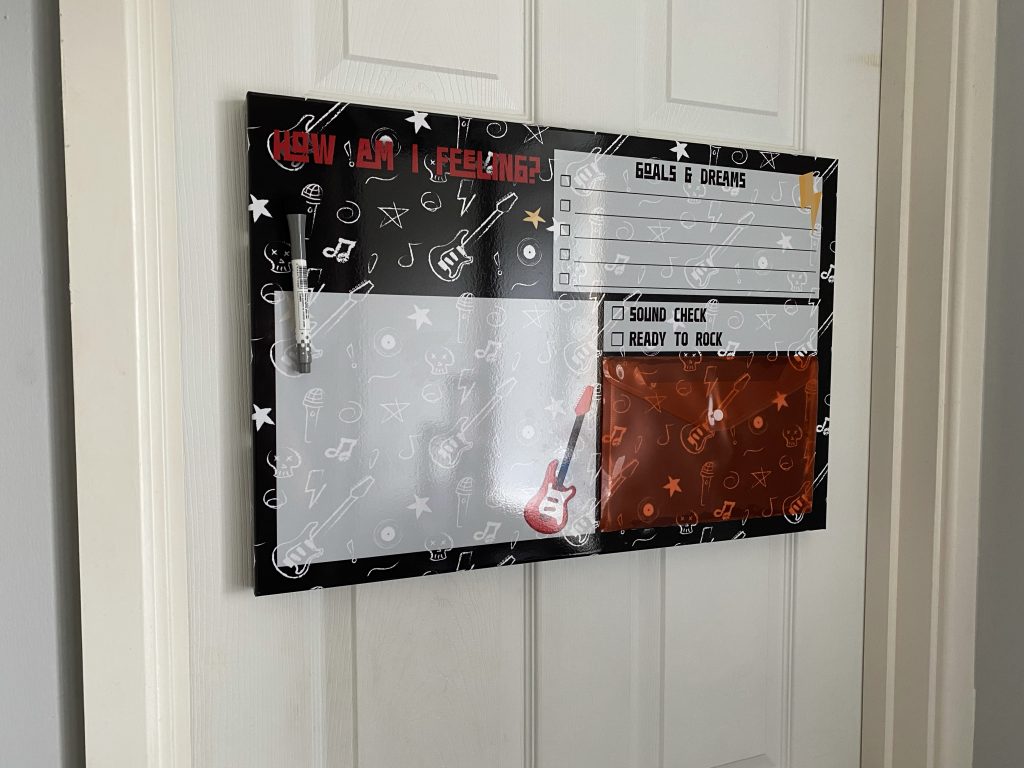
I made some prototypes of the moodboards and they are currently in use. I just need to source or make some feelings magnets now. Initial response is positive…
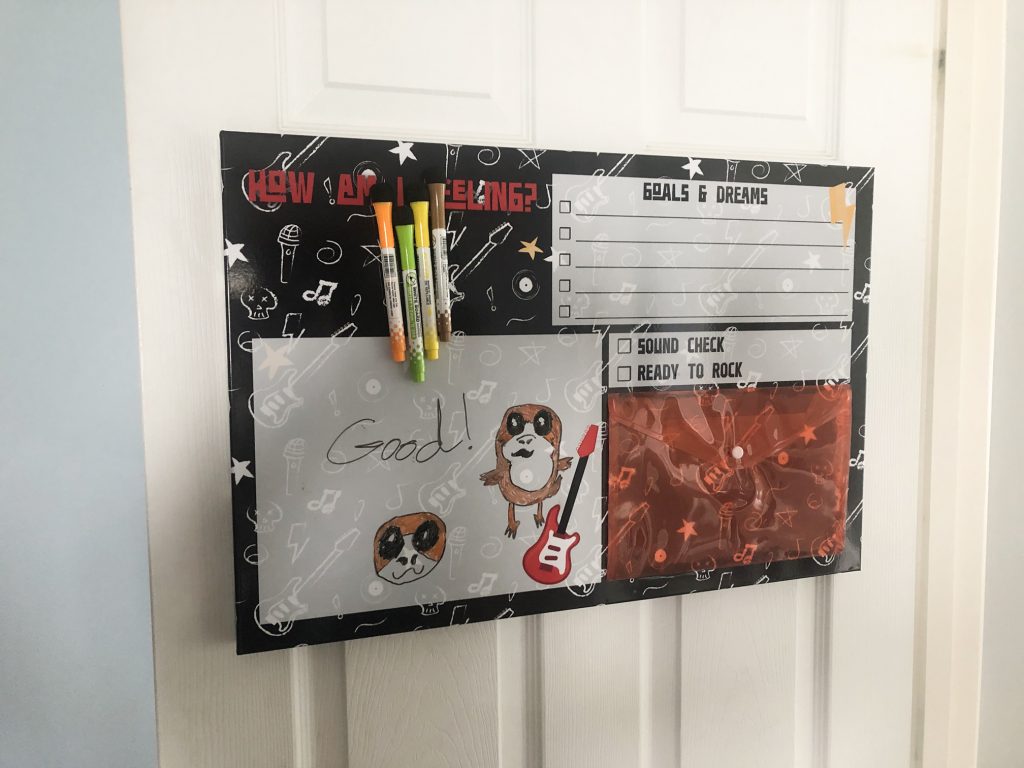
References
AGBANYIM, J. Ibeh. 2015. The Five Principles of Collaboration: Applying Trust, Respect, Willingness, Empowerment, and Effective Communication to Human Relationships. iUniverse, Incorporated.
BANKS, Johnson. 2021. “Mozilla | Johnson Banks.” Johnsonbanks.co.uk [online]. Available at: https://www.johnsonbanks.co.uk/work/mozilla [accessed 20 Aug 2021].
BEWAKOOF.COM OFFICIAL. 2017. “Woman Sitting on Swing.” Unsplash.com [online]. Available at: https://unsplash.com/photos/mG-HdjYiPtE [accessed 7 Aug 2021].
“Communicating with Teens | Relate.” 2021. Relate.org.uk [online]. Available at: https://www.relate.org.uk/relationship-help/help-family-life-and-parenting/parenting-teenagers/communicating-teens?gclid=CjwKCAjwuvmHBhAxEiwAWAYj-LpHfownoVtsrDowXmbu5cJpJEN5SLxrtLZZOZ1jTQxza0K2h8VoQBoCWjoQAvD_BwE [accessed 26 Jul 2021].
“Emotion Wheel Chart | the Junto Institute.” 2021. The Junto Institute [online]. Available at: https://www.thejuntoinstitute.com/emotion-wheels/ [accessed 6 Aug 2021].
FABER, Adele and Elaine MAZLISH. 2016. How to Talk so Teens Will Listen & Listen so Teens Will Talk. New York: William Morrow.
KARIMOVA, Hokuma. 2017. “The Emotion Wheel: What It Is and How to Use It [+PDF].” PositivePsychology.com [online]. Available at: https://positivepsychology.com/emotion-wheel/ [accessed 6 Aug 2021].
LION, Alexandre. 2020. Untitled – Post It Notes.
MOTT, Glenn. 2018. “Collaboration: Building the Intentional Partnership – Nonprofit Risk Management Center.” Nonprofit Risk Management Center [online]. Available at: https://nonprofitrisk.org/resources/articles/collaboration-building-intentional-partnershi/ [accessed 6 Aug 2021].
PARRY, D., PARRY, N. 2021. Week 8 [lecture]. GDE710 for MA Graphic Design. Falmouth: Falmouth University 2020 [Accessed 18 July 2021]
ROUTLEY, Nick. 2021. “A Visual Guide to Human Emotion.” Visual Capitalist [online]. Available at: https://www.visualcapitalist.com/a-visual-guide-to-human-emotion/ [accessed 6 Aug 2021].
SHI, Diana. 2021. “In Times of Uncertainty, Our Most Creative Thoughts Can Happen through Play.” Fast Company [online]. Available at: https://www.fastcompany.com/90593529/in-times-of-uncertainty-our-most-creative-thoughts-can-happen-through-play [accessed 26 Jul 2021].
TRENTACOSTA, Christopher J. and Sarah E. FINE. 2010. “Emotion Knowledge, Social Competence, and Behavior Problems in Childhood and Adolescence: A Meta-Analytic Review.” Social Development 19(1), [online], 1–29. Available at: https://www.ncbi.nlm.nih.gov/pmc/articles/PMC2975582/ [accessed 7 Aug 2021].
“Understanding Your Emotions (for Teens) – Nemours Kidshealth.” 2021. Kidshealth.org [online]. Available at: https://kidshealth.org/en/teens/understand-emotions.html [accessed 1 Aug 2021].
WATKINS, Alan. 2015. “Why You Feel What You Feel | Alan Watkins | TEDxOxford.” YouTube. Available at: https://www.youtube.com/watch?v=h-rRgpPbR5w [accessed 6 Aug 2021].
